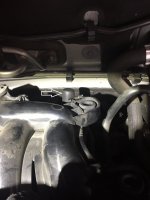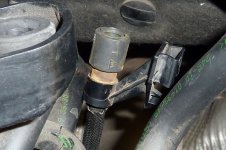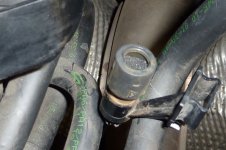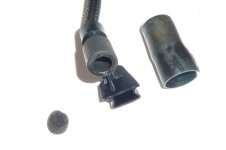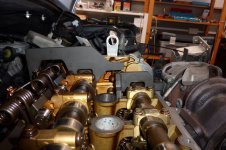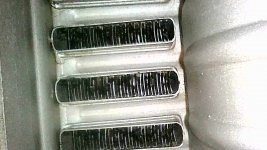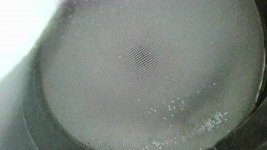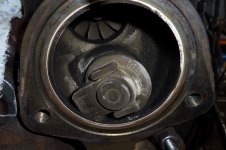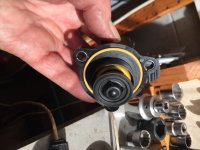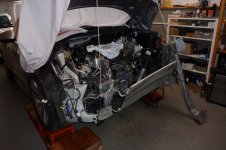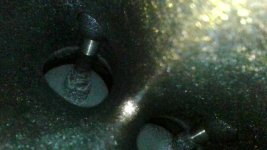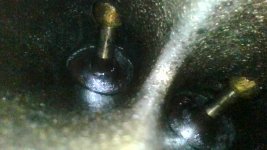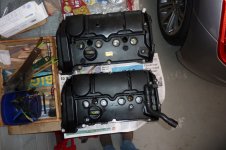The first impressions after buying this 2011 Peugeot RCZ manual transmission (131k km) was how high the clutch pedal was. And how far one had to raise one’s foot off the rest to apply it.
My 2011 DS3 manual (133k km) has the clutch pedal higher than the brake pedal by 20mm (measured putting a ruler horizontally across the clutch pedal over to the right and measuring the gap above the pedal), and the clutch pedal sits 152mm off the carpet (measured from the face of the pedal at right angles to the pad). I have pretty much got used to this.
The RCZ has the clutch pedal 26mm above the brake pedal and 171 mm off the floor. I’m struggling to get used to this. Not helped by the gap to the left of the clutch pedal being even narrower than the DS3.
My reading of the online literature indicates that this is a common problem without any solution. Does wear on the clutch friction plate affect the pedal height on these cars with a hydraulic clutch release?
My 2011 DS3 manual (133k km) has the clutch pedal higher than the brake pedal by 20mm (measured putting a ruler horizontally across the clutch pedal over to the right and measuring the gap above the pedal), and the clutch pedal sits 152mm off the carpet (measured from the face of the pedal at right angles to the pad). I have pretty much got used to this.
The RCZ has the clutch pedal 26mm above the brake pedal and 171 mm off the floor. I’m struggling to get used to this. Not helped by the gap to the left of the clutch pedal being even narrower than the DS3.
My reading of the online literature indicates that this is a common problem without any solution. Does wear on the clutch friction plate affect the pedal height on these cars with a hydraulic clutch release?

